Exercise (Integer) from CENGAGE CHEMISTRY (HINGLISH) GENERAL PRINCIPLES AND PROCESS OF ISOLATION OF ELEMENTS for Class 12
| Class 12 | CHEMISTRY |
| Chapter | GENERAL PRINCIPLES AND PROCESS OF ISOLATION OF ELEMENTS |
| CENGAGE CHEMISTRY (HINGLISH) | Exercise (Integer) |
| Medium | English |
| Academic Year | 2023-2024 |
Question 59
Copper is the most noble of first row transition metals and occurs in small deposits in serveral countries. Ores of copper include chalcanthite (CuSO4.5H2O), atacanite [Cu2Cl(OH)3], cuprite (Cu2O), copper glance (Cu2S), and malachite [Cu2(OH)2CO3]. However, 80% of the world copper production comes from the ore chalcopyrite (CuFeS2). The extraction of copper from chalcopyrite involves partial roasting, removal of iron and self-reduction.
Partial roasting of chalcopyrite producesView SolutionQuestion 60
Copper is the most noble of first row transition metals and occurs in small deposits in serveral countries. Ores of copper include chalcanthite (CuSO4.5H2O), atacanite [Cu2Cl(OH)3], cuprite (Cu2O), copper glance (Cu2S), and malachite [Cu2(OH)2CO3]. However, 80% of the world copper production comes from the ore chalcopyrite (CuFeS2). The extraction of copper from chalcopyrite involves partial roasting, removal of iron and self-reduction.
Iron is removed from chalcopyrite as.View SolutionQuestion 61
Copper is the most noble of first row transition metals and occurs in small deposits in serveral countries. Ores of copper include chalcanthite (CuSO4.5H2O), atacanite [Cu2Cl(OH)3], cuprite (Cu2O), copper glance (Cu2S), and malachite [Cu2(OH)2CO3]. However, 80% of the world copper production comes from the ore chalcopyrite (CuFeS2). The extraction of copper from chalcopyrite involves partial roasting, removal of iron and self-reduction.
In self-reduction, the reducing species is.View SolutionQuestion 62
Extraction of copper is done using copper pyrites. After roasting, the ore is mixed with silica and coke and then smelted in a blast furnace. The matte obtained from the blast furnace is charged into a silica-lined converter. Some silica is also added, and a hot air blast is blown into the mixture to obtain blister copper, which is purified by electrorefining.
The chemical formula of copper pyrites is.View SolutionQuestion 63
Extraction of copper is done using copper pyrites. After roasting, the ore is mixed with silica and coke and then smelted in a blast furnace. The matte obtained from the blast furnace is charged into a silica-lined converter. Some silica is also added, and a hot air blast is blown into the mixture to obtain blister copper, which is purified by electrorefining.
The chemical composition of the slag formed during smelting is.View SolutionQuestion 64
Extraction of copper is done using copper pyrites. After roasting, the ore is mixed with silica and coke and then smelted in a blast furnace. The matte obtained from the blast furnace is charged into a silica-lined converter. Some silica is also added, and a hot air blast is blown into the mixture to obtain blister copper, which is purified by electrorefining.
Coke is added during smelting to.View SolutionQuestion 65
Extraction of copper is done using copper pyrites. After roasting, the ore is mixed with silica and coke and then smelted in a blast furnace. The matte obtained from the blast furnace is charged into a silica-lined converter. Some silica is also added, and a hot air blast is blown into the mixture to obtain blister copper, which is purified by electrorefining.
Matte is a mixture ofView SolutionQuestion 69
Extraction of aluminium can be understood by :
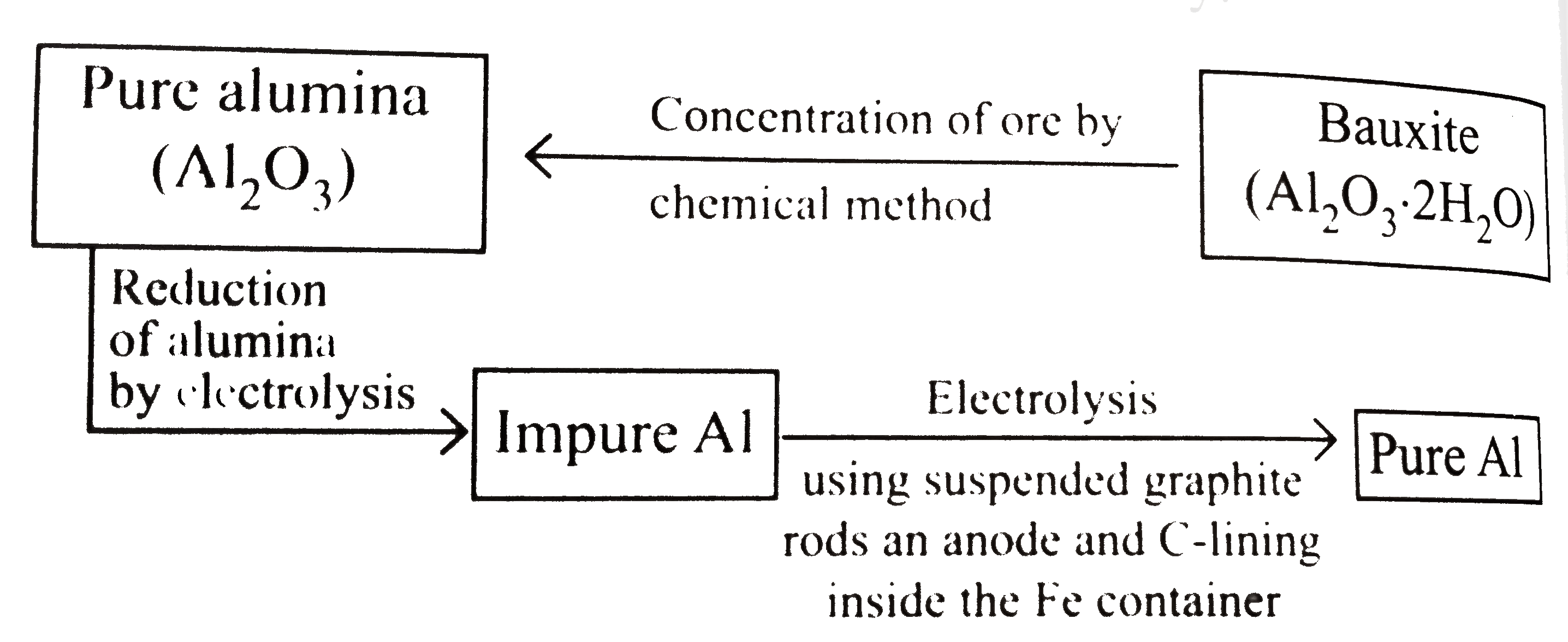
Electrolytric reduction of Al2O3 :
Electrolysis : Al2O3+Cryolite+CaF2
Cathode : Carbon inside the Fe container
Anode : Graphite rods.
The motion electrolytes contain Na⊕,Al3+ and Ca2+ but only Al gets deposited at cathode because,View SolutionQuestion 72
Roasting is a process in which the ore (mostly sulphide) is heated strongly in the presence of excess of air. The heating should be done at a temperature below the melting point of the ore.
Sometimes roasting may not bring about complete oxidation :
2CuFeS2+4O2→A+2FeO+3SO2
Find the A :View SolutionQuestion 76
Lead obtained form galena (PbS) by air reduction or carbon reduction process contains base metal (Cu,Bi,Sn,As) as impurities, due to the which lead becomes hard and brittle.
Zn−Ag alloy formed in the upper layer of molten lead is skimmed off from the surface of the molten lead by perforated ladles. This alloy contains lead as impurity. This impurity of Pb is removed byView SolutionQuestion 97
Chief ore of Zn is ZnS. The ore is concentrated by froth flotation process and then heated in air to convert ZnS to ZnO. ltntgt 2ZnS+3O2→2ZnO+2SO2…(i)
ZnO, thus formed is treated with dilute H2SO4.
ZnO+H2SO4→ZnSO4+H2O ....(ii)
On electrolysis of ZnSO4(aq),Zn metal is produced.
2ZnSO4+H2O→2Zn+2H2SO4+O2....(iii)
What mass of Zn will be obtained from an ore containing 225kg of ZnS ? (Zn=65,S=32,O=16,H=1).View SolutionQuestion 98
Chief ore of Zn is ZnS. The ore is concentrated by froth flotation process and then heated in air to convert ZnS to ZnO. ltntgt 2ZnS+3O2→2ZnO+2SO2…(i)
ZnO, thus formed is treated with dilute H2SO4.
ZnO+H2SO4→ZnSO4+H2O ....(ii)
On electrolysis of ZnSO4(aq),Zn metal is produced.
2ZnSO4+H2O→2Zn+2H2SO4+O2....(iii)
ZnO on dissolution in NaOH givesView SolutionQuestion 99
Chief ore of Zn is ZnS. The ore is concentrated by froth flotation process and then heated in air to convert ZnS to ZnO. ltntgt 2ZnS+3O2→2ZnO+2SO2…(i)
ZnO, thus formed is treated with dilute H2SO4.
ZnO+H2SO4→ZnSO4+H2O ....(ii)
On electrolysis of ZnSO4(aq),Zn metal is produced.
2ZnSO4+H2O→2Zn+2H2SO4+O2....(iii)
How many kilomoles of NaOH are required to dissolve all the ZnO produced in reaction (ii) ?View SolutionQuestion 100
Chief ore of Zn is ZnS. The ore is concentrated by froth flotation process and then heated in air to convert ZnS to ZnO. ltntgt 2ZnS+3O2→2ZnO+2SO2…(i)
ZnO, thus formed is treated with dilute H2SO4.
ZnO+H2SO4→ZnSO4+H2O ....(ii)
On electrolysis of ZnSO4(aq),Zn metal is produced.
2ZnSO4+H2O→2Zn+2H2SO4+O2....(iii)
What volume of 98%H2SO4 (by weight, density =1.8g/mL) is required in step (ii) ?View SolutionQuestion 248
Consider the following metallurgical processes :
(1) Heating impure metal with CO and distilling the resulting volatile carbonyl (BP43∘C) and finally decomposing at 150∘C to 230∘C to get pure metal.
(2) Heating the sulphide ore in air until a part is converted to oxide and then further heating in the absence of air to let the oxide react with unchanged sulphide.
(3) Electrolysing the molten electrolyte containing CaCl2 to obtain the metal
The processes used for obtaining sodium, nickel, and copper are, respectivelyView SolutionQuestion 249
Consider the following statements . Roasting is carried out to :
(i) convert sulphide to oxide and sulphate.
(ii) to remove impurities of CuS and FeS present in the ore of tin stone (SnO2) as CuSO4 and FeSO4.
(iii) melt the ore.
(iv) remove arsenic and sulphur impurities.
of these statements. View SolutionQuestion 347
Copper is the most noble of first row transition metals and occurs in small deposits in serveral countries. Ores of copper include chalcanthite (CuSO4.5H2O), atacanite [Cu2Cl(OH)3], cuprite (Cu2O), copper glance (Cu2S), and malachite [Cu2(OH)2CO3]. However, 80% of the world copper production comes from the ore chalcopyrite (CuFeS2). The extraction of copper from chalcopyrite involves partial roasting, removal of iron and self-reduction.
Partial roasting of chalcopyrite producesView SolutionQuestion 348
Copper is the most noble of first row transition metals and occurs in small deposits in serveral countries. Ores of copper include chalcanthite (CuSO4.5H2O), atacanite [Cu2Cl(OH)3], cuprite (Cu2O), copper glance (Cu2S), and malachite [Cu2(OH)2CO3]. However, 80% of the world copper production comes from the ore chalcopyrite (CuFeS2). The extraction of copper from chalcopyrite involves partial roasting, removal of iron and self-reduction.
Iron is removed from chalcopyrite as.View SolutionQuestion 349
Copper is the most noble of first row transition metals and occurs in small deposits in serveral countries. Ores of copper include chalcanthite (CuSO4.5H2O), atacanite [Cu2Cl(OH)3], cuprite (Cu2O), copper glance (Cu2S), and malachite [Cu2(OH)2CO3]. However, 80% of the world copper production comes from the ore chalcopyrite (CuFeS2). The extraction of copper from chalcopyrite involves partial roasting, removal of iron and self-reduction.
In self-reduction, the reducing species is.View SolutionQuestion 376
Each of the following statements is true only under some specific conditions. Write the condition for each sub-equation in not more than two sentences.
(i) Metals can be recovered from their ores by chemical methods.
(ii) High purity metals can be obtained by zone refining method.View SolutionQuestion 378
Answer the following questions briefly.
(i) What is the actual reducing agent of haematite in blast furnace ?
(ii) Give the equations for the recovery of lead from galena by air reduction.
(iii) Why is sodium chloride added during electrolysis of fused anhydrous magnesium chloride.
(iv) Zinc, not copper, is used for the recovery of metallic silver from the complex [Ag(CN)2]. Explain.
(v) Why is chalcocite roasted and not calcinated during recovery of copper ?View Solution
All Exercises from CENGAGE CHEMISTRY (HINGLISH) Class 12 CHEMISTRY GENERAL PRINCIPLES AND PROCESS OF ISOLATION OF ELEMENTS
- ARCHIVES (FILL IN THE BLANKS)
- ARCHIVES (LINKED COMPREHENSION)
- ARCHIVES (MULTIPLE CORRECT)
- ARCHIVES (SINGLE CORRECT)
- ARCHIVES (SUBJECTIVE)
- EXERCISE (ASSERTION-REASONING)
- EXERCISE (FILL IN THE BLANKS)
- EXERCISE (INTEGER)
- EXERCISE (MULTIPLE CORRECT)
- EXERCISE (SINGLE CORRECTTYPE)
- EXERCISE (TRUE/FALSE)
- EXERCISES (LINKED COMPREHENSION)
- EXS 1.1 (OBJECTIVE)
- EXS 1.1 (SUBJECTIVE)
- EXS 1.1 (TRUE ORFALSE STATEMENT)
- ARCHIVES (FILL IN THE BLANKS)
- ARCHIVES (LINKED COMPREHENSION)
- ARCHIVES (MULTIPLE CORRECT)
- ARCHIVES (SINGLE CORRECT)
- ARCHIVES (SUBJECTIVE)
- EXERCISE (ASSERTION-REASONING)
- EXERCISE (FILL IN THE BLANKS)
- EXERCISE (INTEGER)
- EXERCISE (MULTIPLE CORRECT)
- EXERCISE (SINGLE CORRECTTYPE)
- EXERCISE (TRUE/FALSE)
- EXERCISES (LINKED COMPREHENSION)
- EXS 1.1 (OBJECTIVE)
- EXS 1.1 (SUBJECTIVE)
- EXS 1.1 (TRUE ORFALSE STATEMENT)
- ARCHIVES (FILL IN THE BLANKS)
- ARCHIVES (LINKED COMPREHENSION)
- ARCHIVES (MULTIPLE CORRECT)
- ARCHIVES (SINGLE CORRECT)
- ARCHIVES (SUBJECTIVE)
- EXERCISE (ASSERTION-REASONING)
- EXERCISE (FILL IN THE BLANKS)
- EXERCISE (INTEGER)
- EXERCISE (MULTIPLE CORRECT)
- EXERCISE (SINGLE CORRECTTYPE)
- EXERCISE (TRUE/FALSE)
- EXERCISES (LINKED COMPREHENSION)
- EXS 1.1 (OBJECTIVE)
- EXS 1.1 (SUBJECTIVE)
- EXS 1.1 (TRUE ORFALSE STATEMENT)
- ARCHIVES (FILL IN THE BLANKS)
- ARCHIVES (LINKED COMPREHENSION)
- ARCHIVES (MULTIPLE CORRECT)
- ARCHIVES (SINGLE CORRECT)
- ARCHIVES (SUBJECTIVE)
- EXERCISE (ASSERTION-REASONING)
- EXERCISE (FILL IN THE BLANKS)
- EXERCISE (INTEGER)
- EXERCISE (MULTIPLE CORRECT)
- EXERCISE (SINGLE CORRECTTYPE)
- EXERCISE (TRUE/FALSE)
- EXERCISES (LINKED COMPREHENSION)
- EXS 1.1 (OBJECTIVE)
- EXS 1.1 (SUBJECTIVE)
- EXS 1.1 (TRUE ORFALSE STATEMENT)
- ILLUSTRATION
- SOLVED EXAMPLE
- ILLUSTRATION
- SOLVED EXAMPLE
- ILLUSTRATION
- SOLVED EXAMPLE
- ILLUSTRATION
- SOLVED EXAMPLE

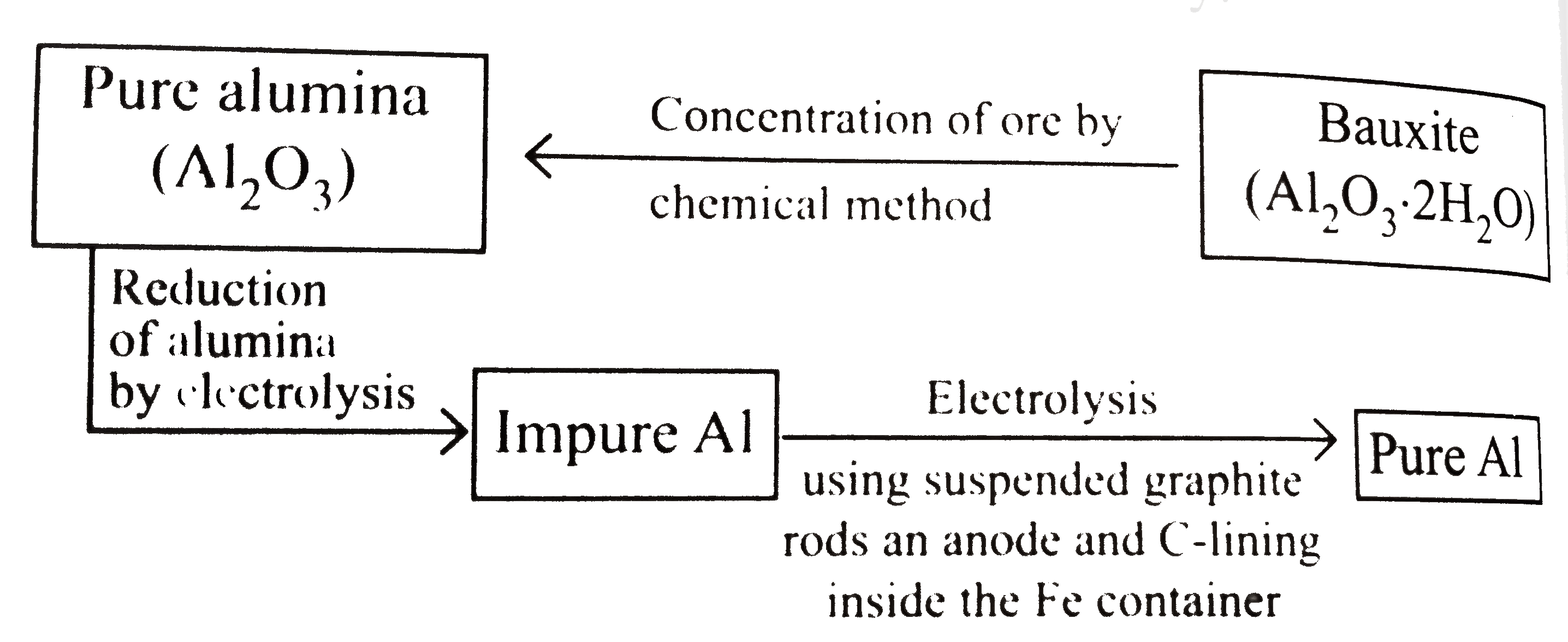
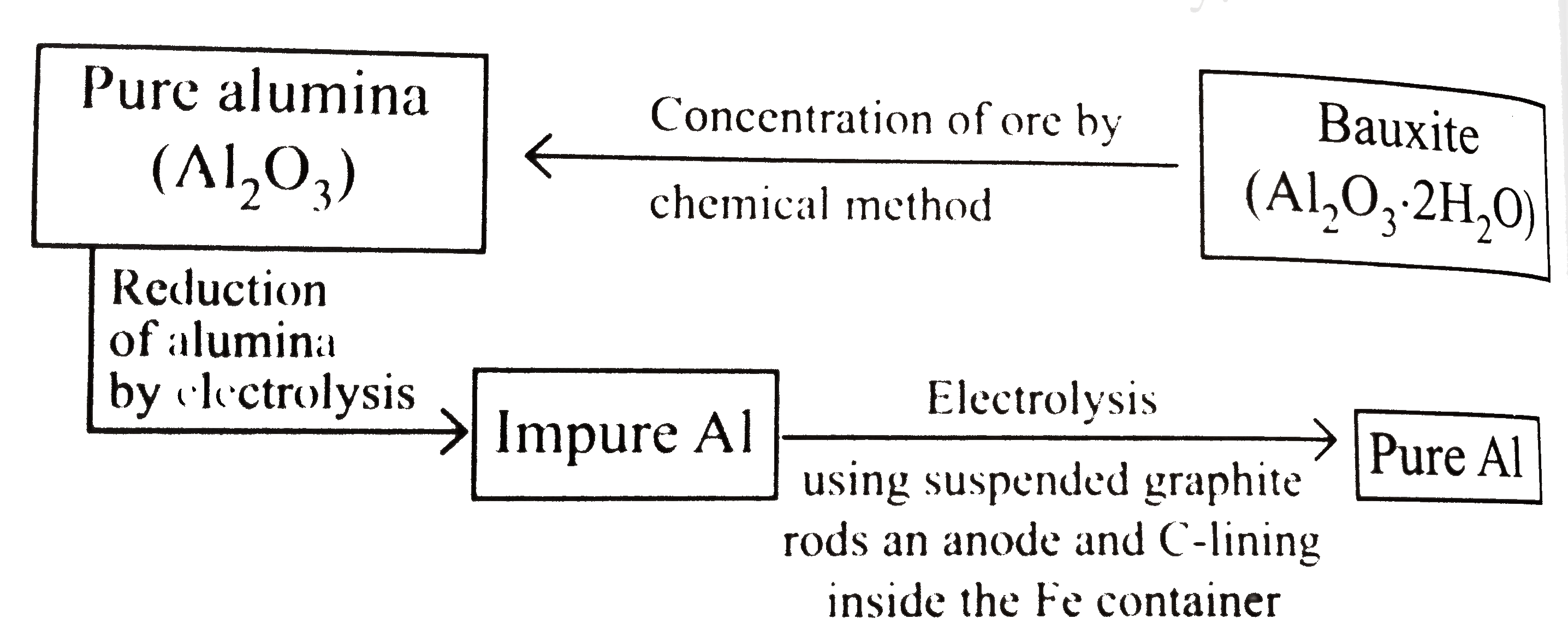
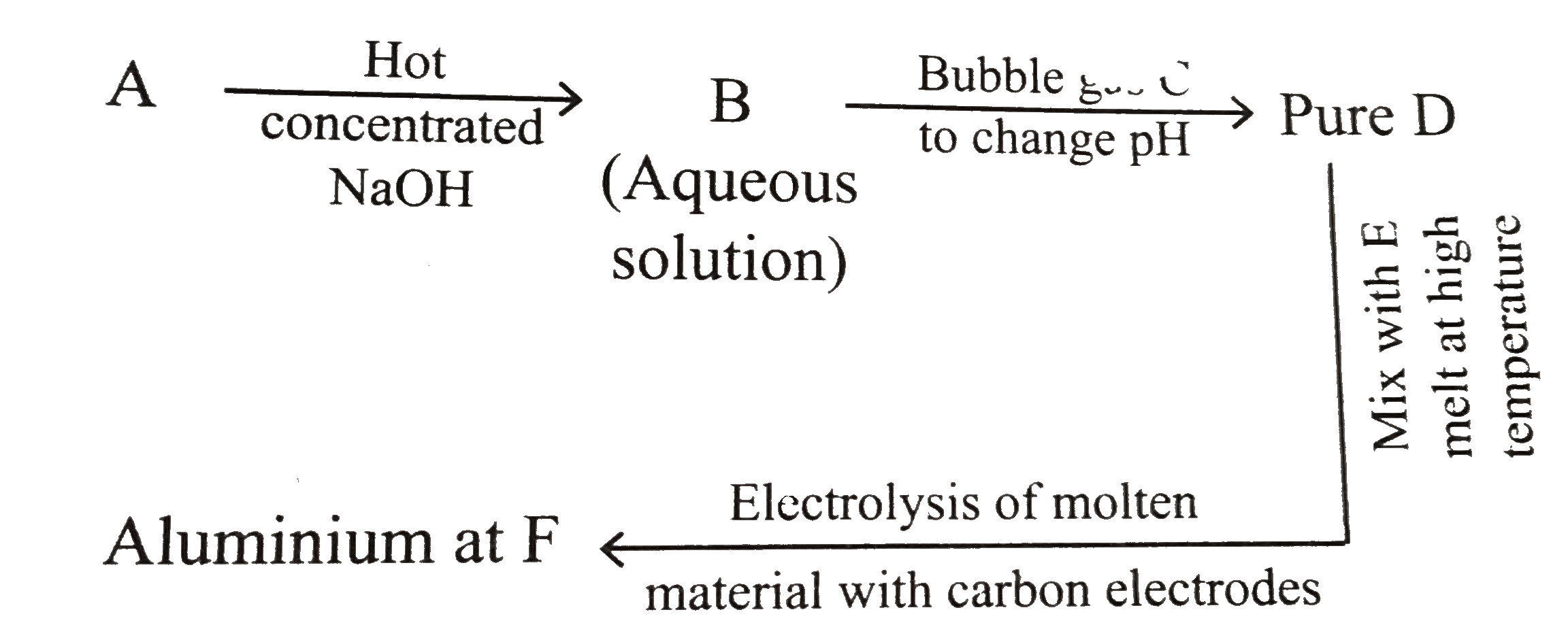

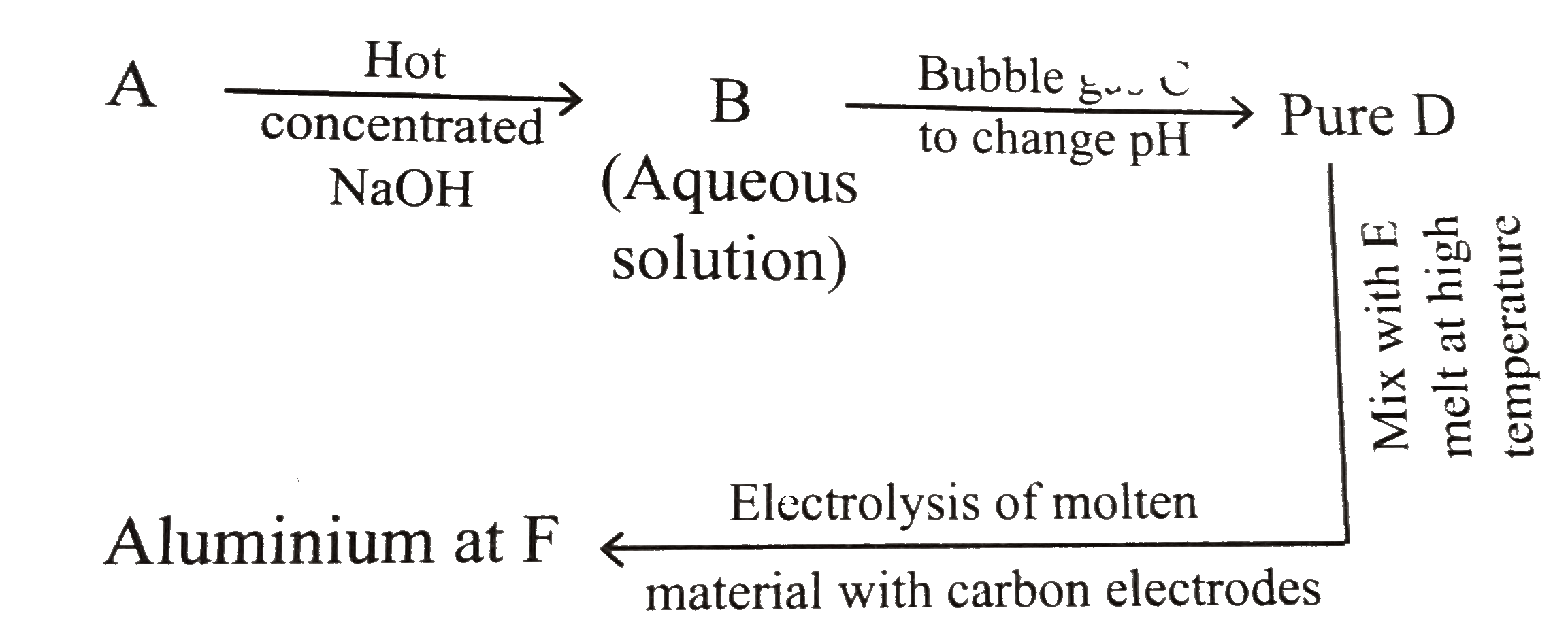
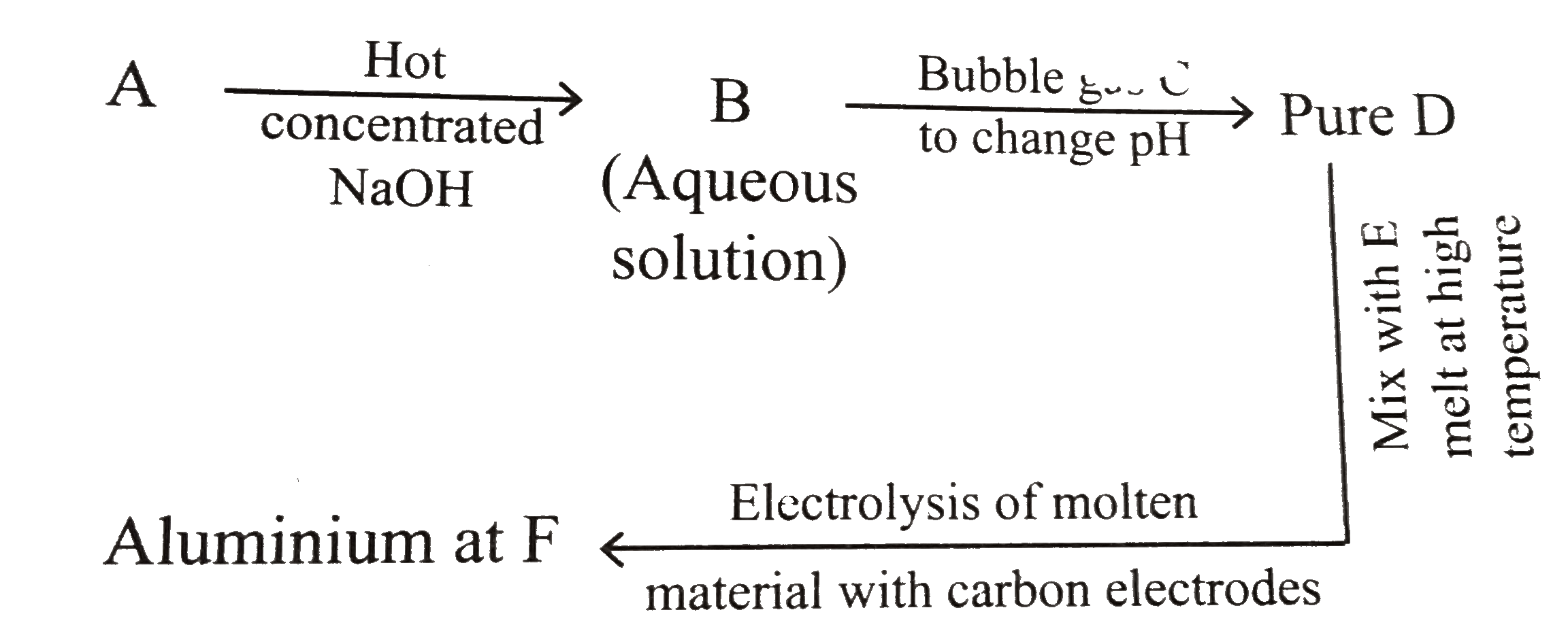
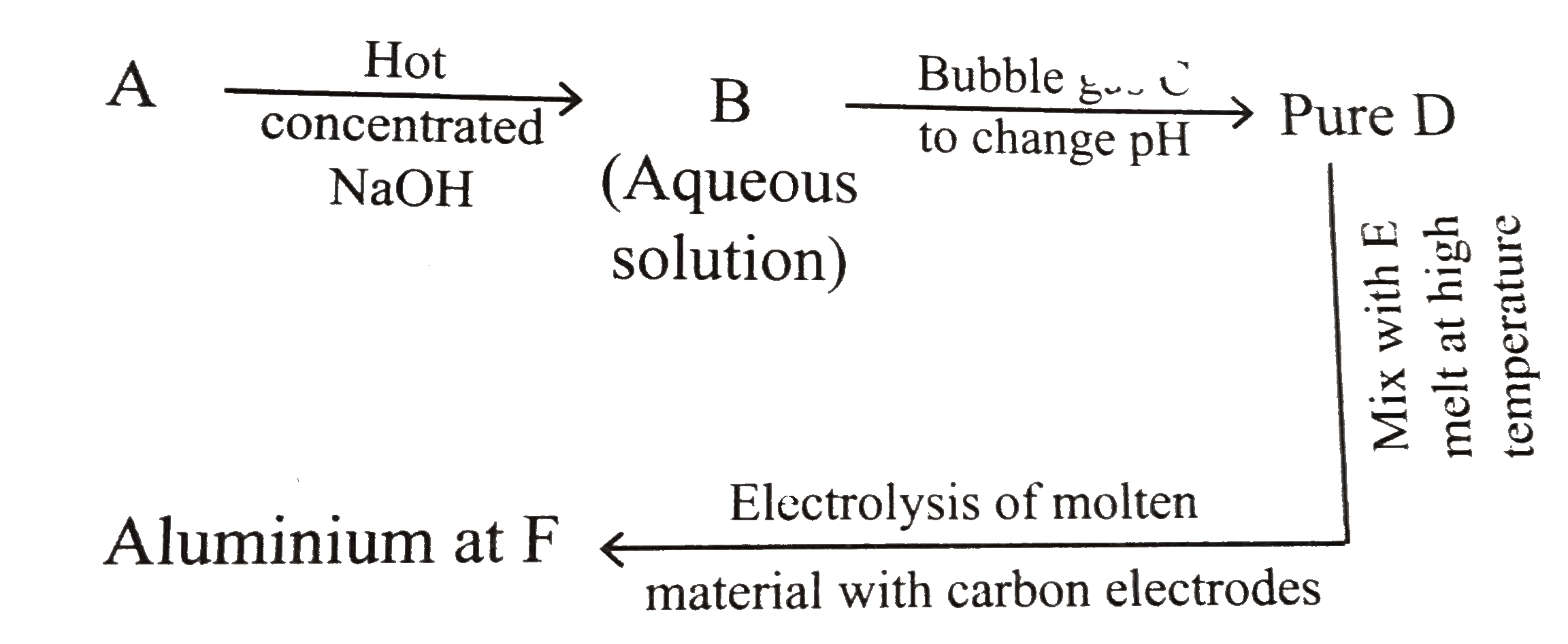
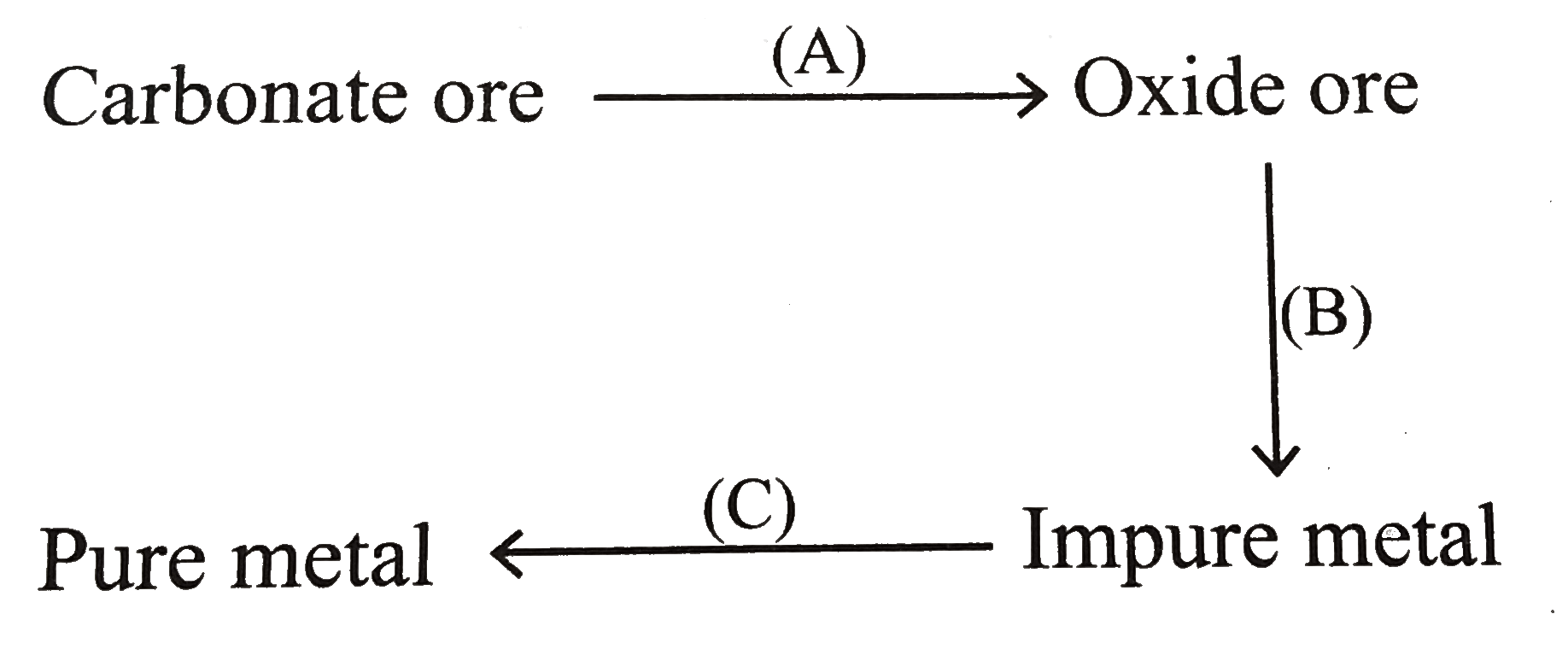
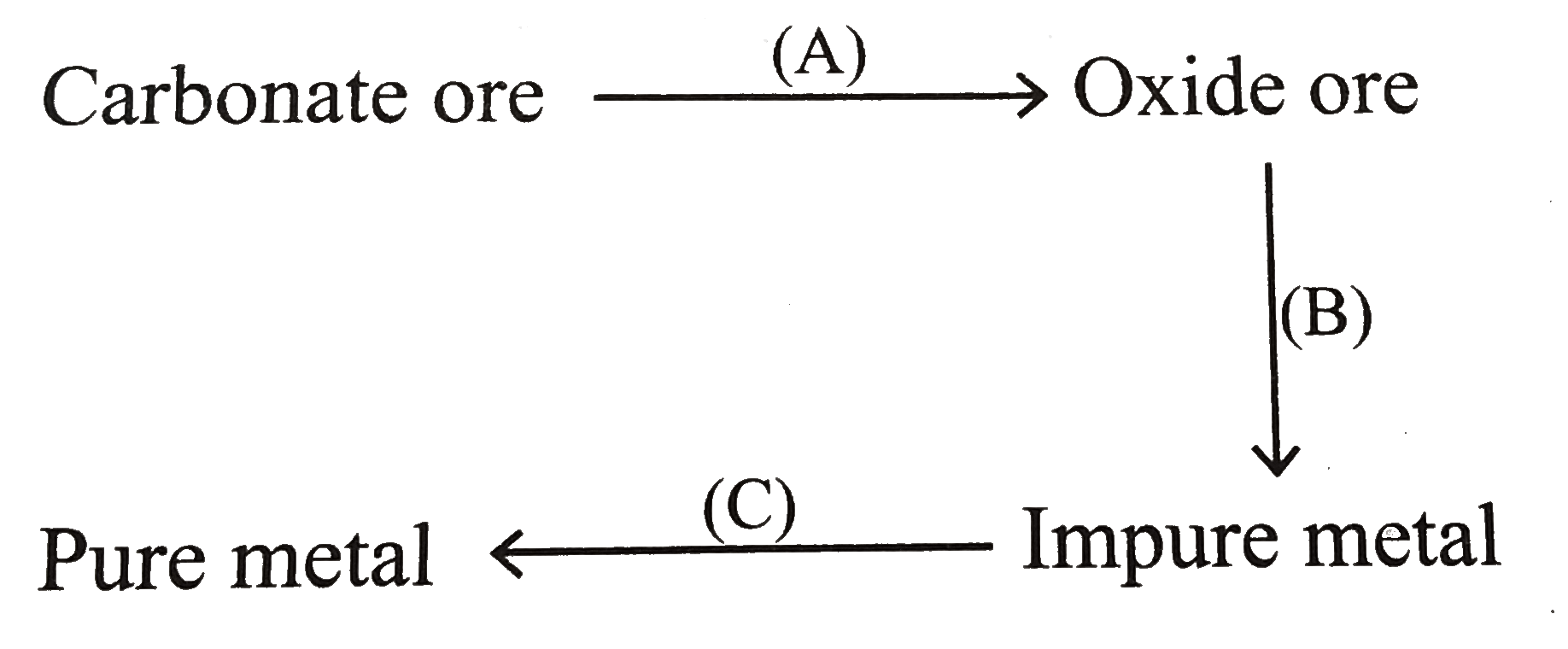
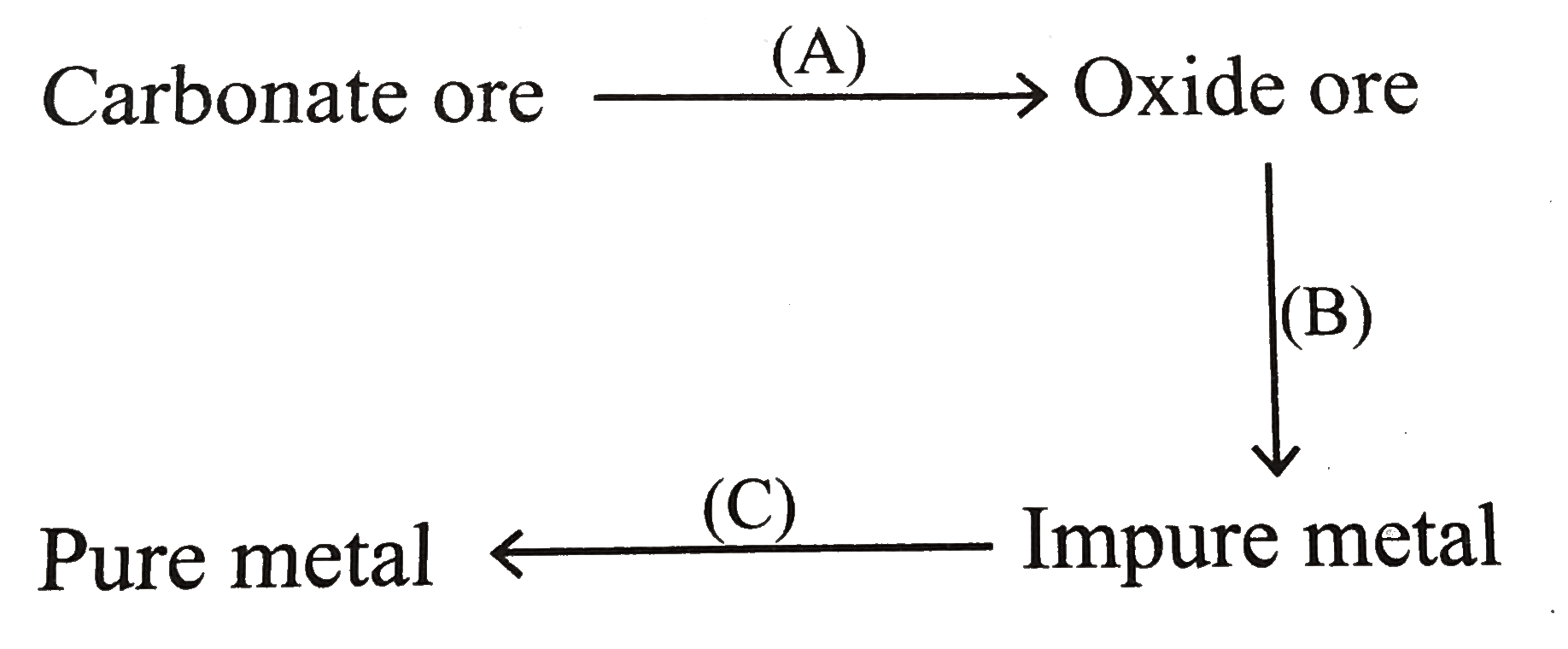
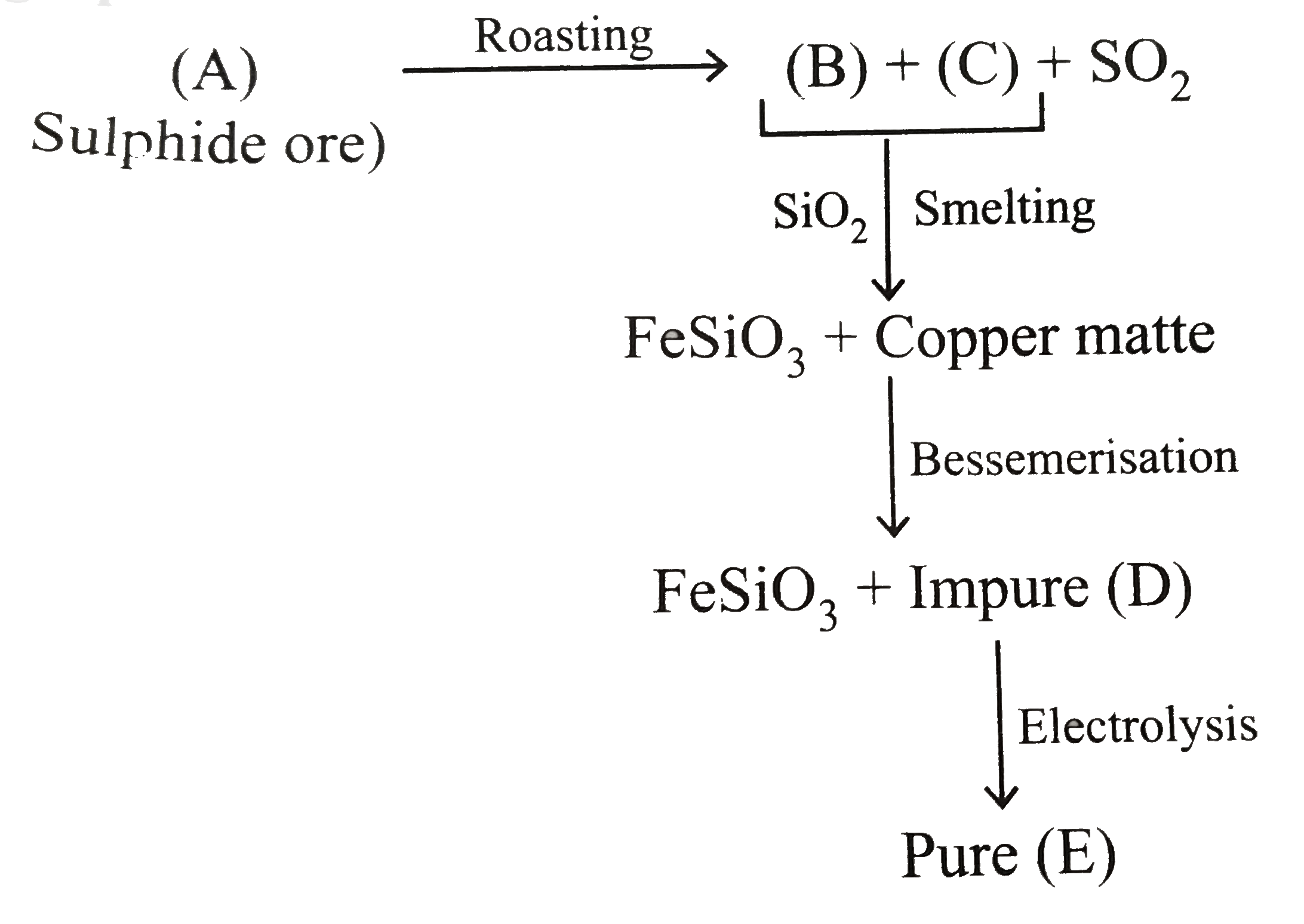
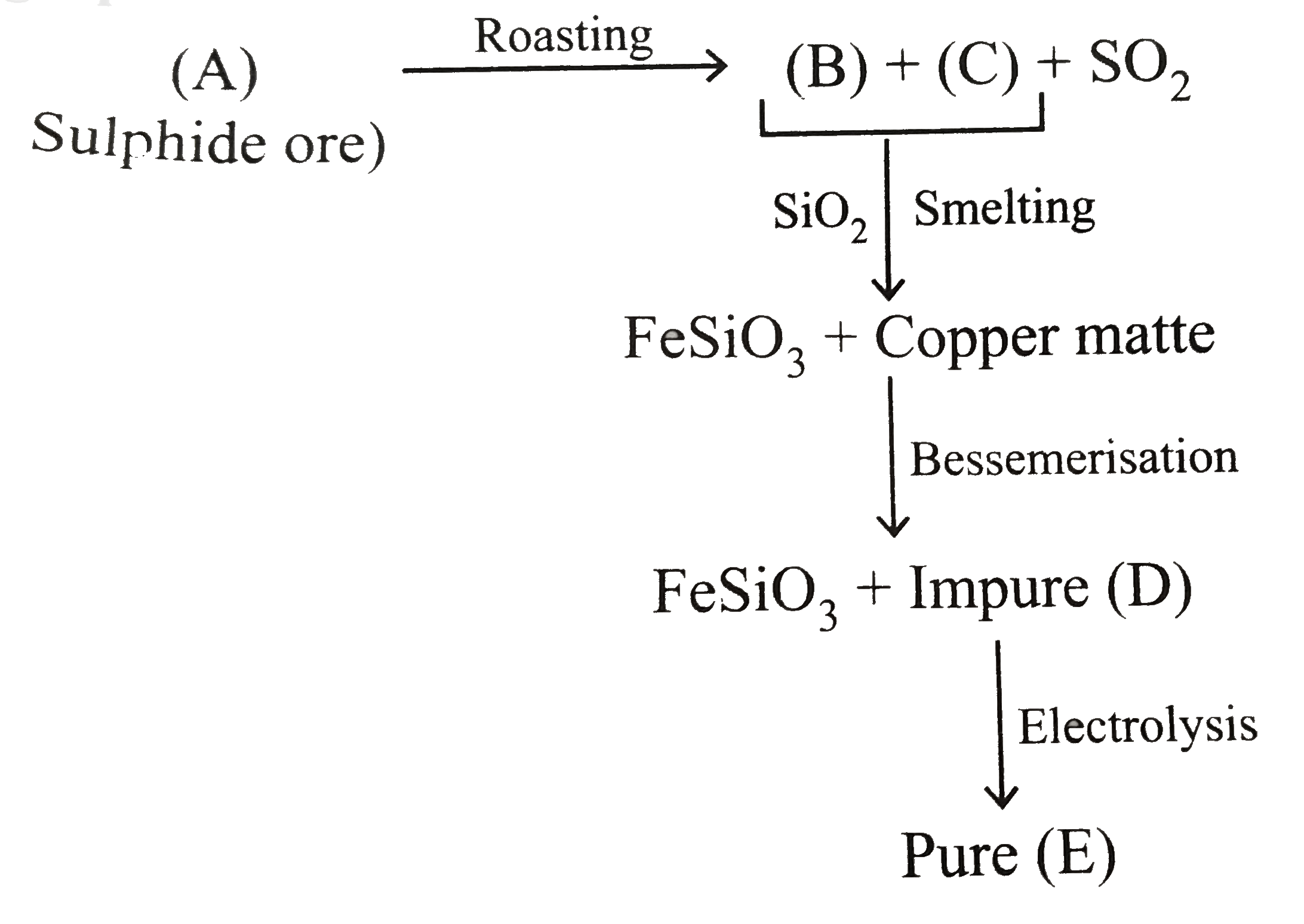
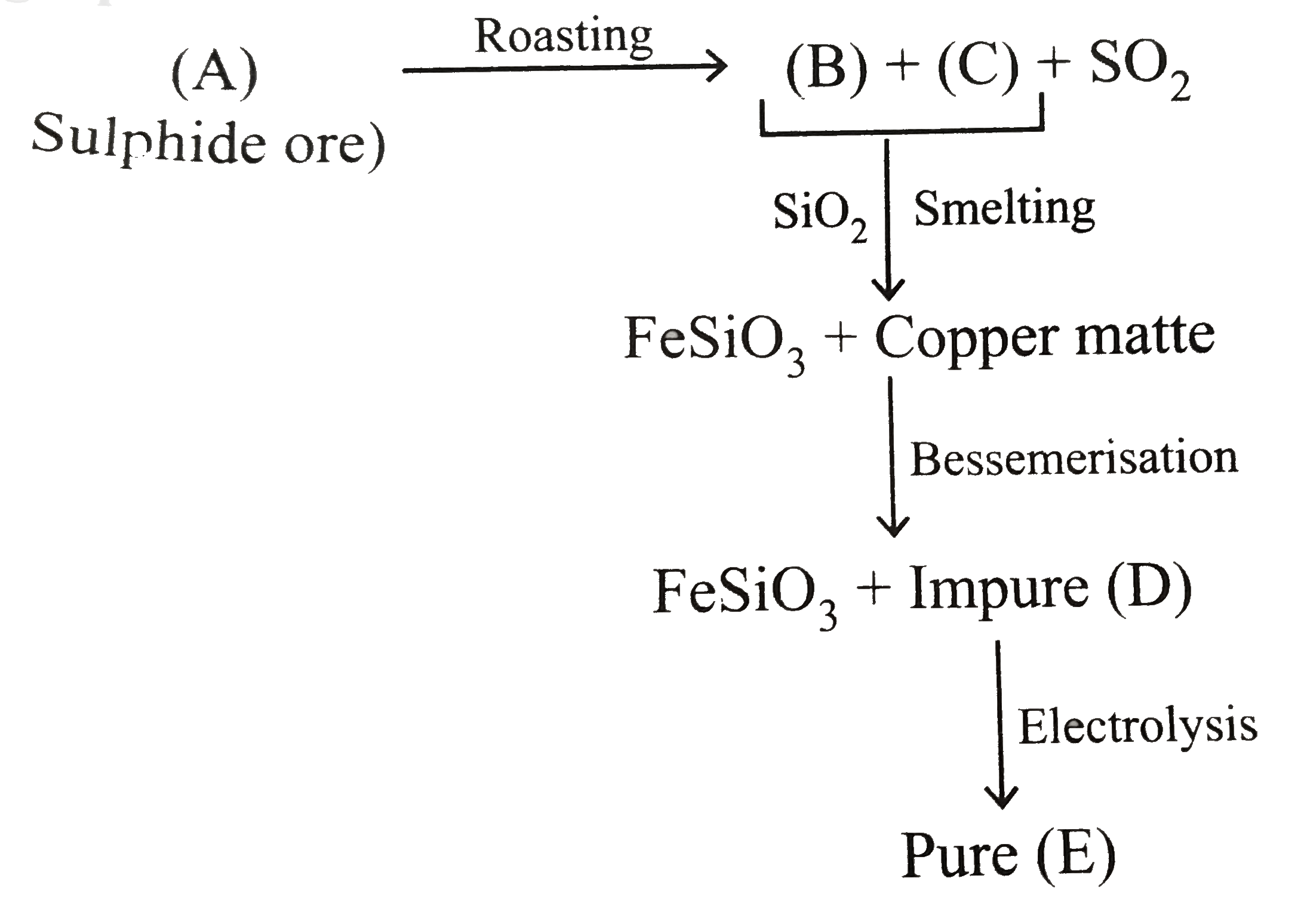
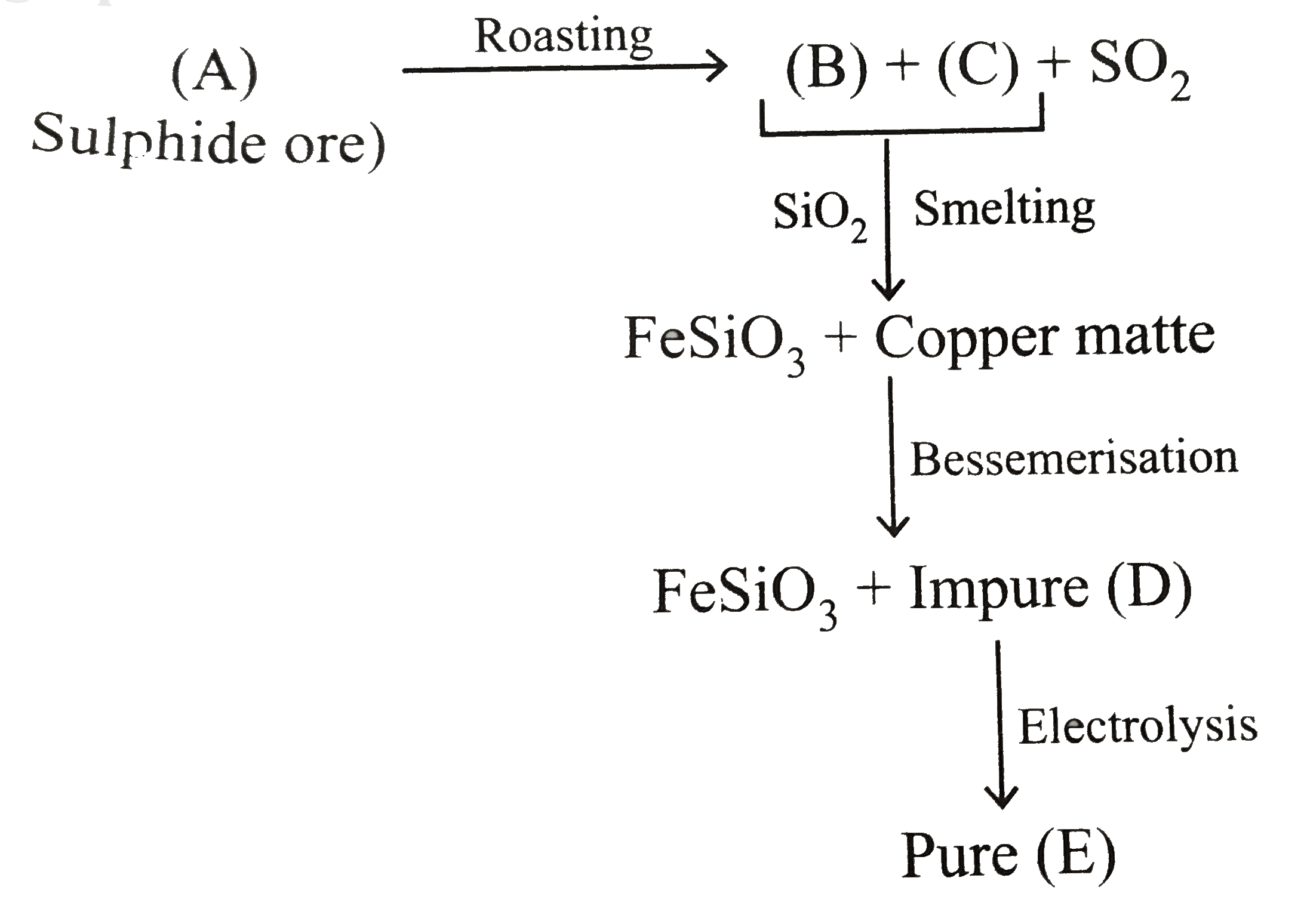
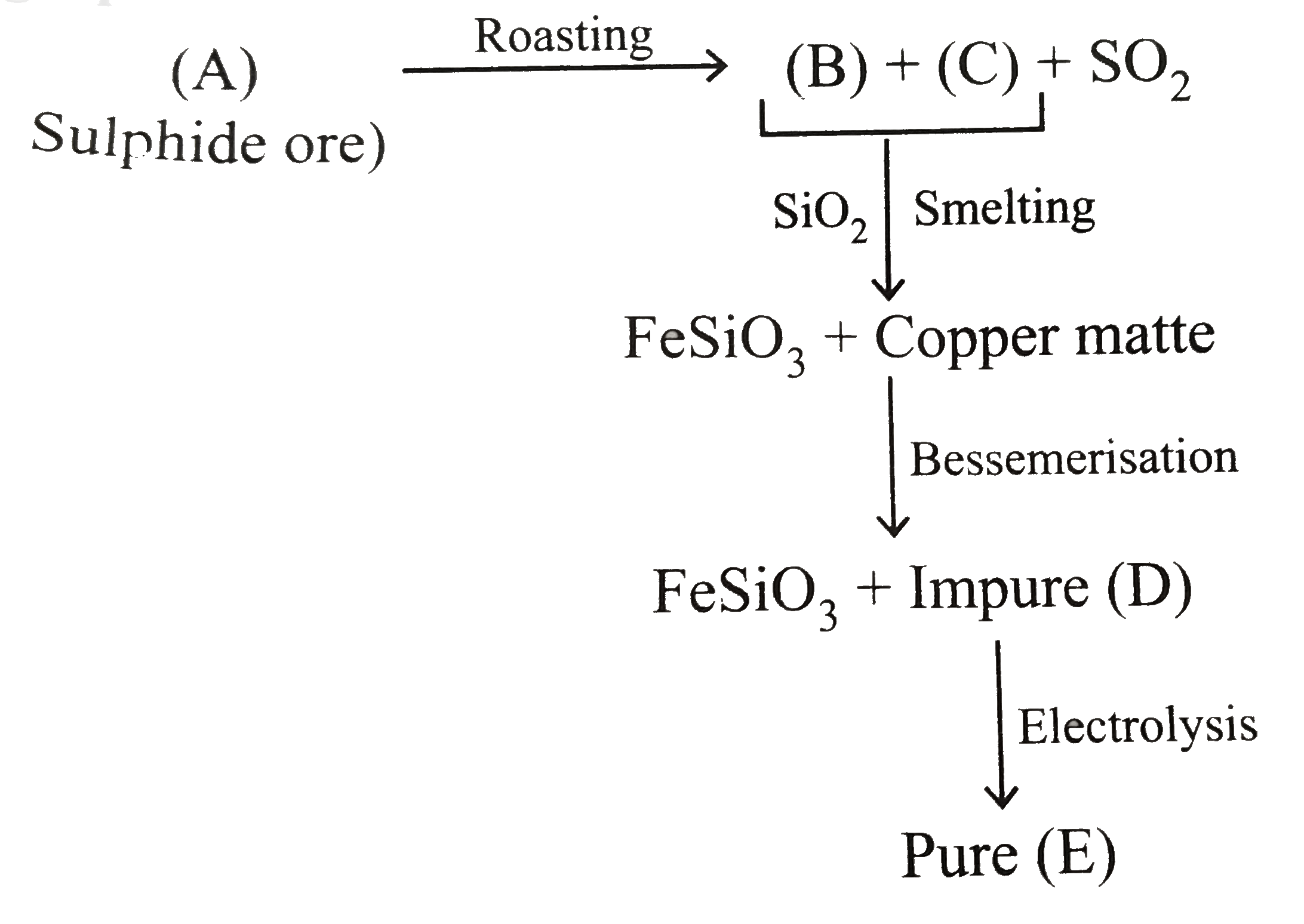
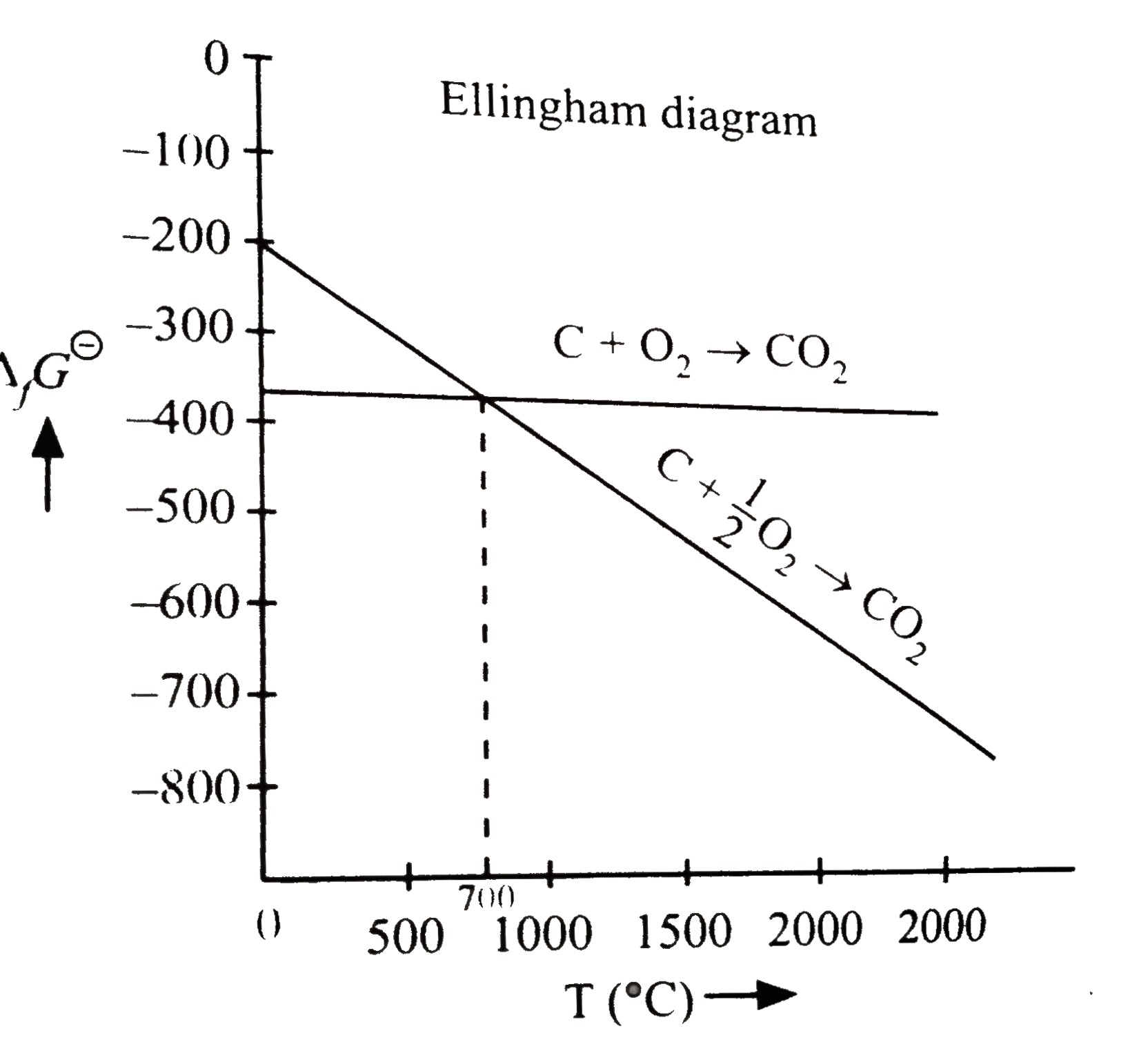
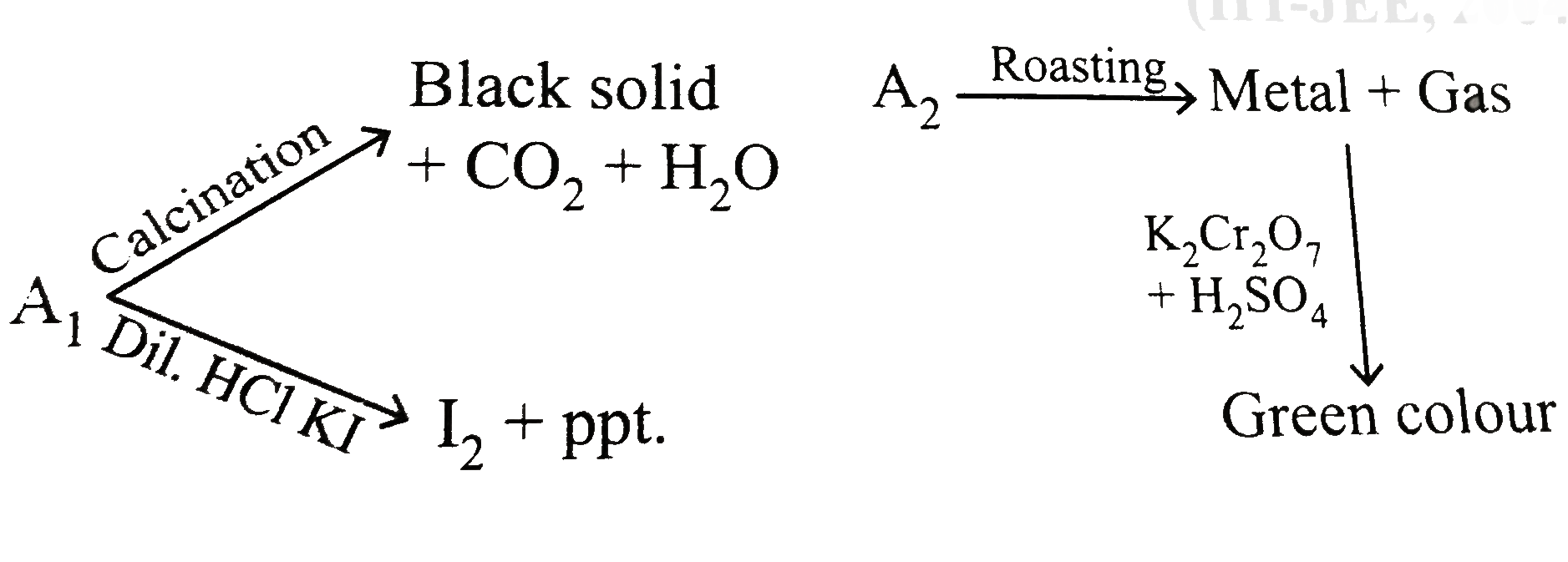 .
.